Date: 10 December 2009
Simon Bennett, Wrightstyle’s sales and marketing director, looks at the importance of having adequate escape routes in the event of fire.It remains the worst civilian tragedy in Paraguay for the last sixty years, and it started with a spark from a faulty chimney.That comparatively minor incident in the Ycuá Bolaños supermarket on the outskirts of Asunción, the country’s capital city, would go on to orphan over 200 children.International fire investigators found that the fire started in a grill located in the shop’s food court, a full hour and a half before the first explosion, which took place at 11:20 am.
It was Sunday 1st August 2004, and the three-storey supermarket was crowded with shoppers, many of them families with small children.
The tragedy began in an improperly constructed duct that served as the exhaust vent for the grill. A charcoal spark ignited grease that had accumulated due to a lack of maintenance and the fire spread unnoticed between the building's false ceiling and roof, which then caused the release of flammable gases.
The shock wave created by the first explosion broke external windows in the bakery section, flooding in oxygen, and allowing the fire to rapidly expand from the food court to the rest of the store.
Now rapidly becoming an inferno, flames then entered the central air conditioning system, causing its nitrogen coolant to explode.
The fire then spread downwards to the underground garage, where a car exploded, setting off another shockwave that brought the ground floor crashing into the basement, and cutting off lower level escape routes. Dozens died in their cars.
The enormous supermarket, with a total floor space of 8,340 square metres, had only been open for less than two years. The fire burned for seven hours.
The final toll was 364 dead, nine simply “disappeared,” and nearly 500 injured. Forty-six children died. The sheer scale of the tragedy so overwhelmed local health services that burns victims were also treated in nearby Uruguay.
Some victims were found hugging each other, one of them a woman with a small child in her arms. A study found that 5,000 families were directly affected, and 69,000 people indirectly affected.
A report from the Central Hospital of the Institute of Social Welfare, Asunción found that: “the closed area of the supermarket contained an enormous amount of combustible material, causing the escape of toxic gases and carbon monoxide, with severe respiratory injuries to most of the people who escaped.”
Paraguay’s Supreme Court later found the supermarket’s owners guilty of culpable homicide, because the building lacked an effective fire detection system and failed to meet minimum safety standards, including proper emergency exits. For that, the building’s architect was also sentenced to two years in prison.
But it wasn’t just the inadequate escape routes. Several survivors and firefighters testified that, when the fire broke out, exit doors were deliberately locked to stop people from leaving without paying for merchandise.
The Paraguay fire was therefore a tragic event made horrendously worse by human failures – designing a bad building without adequate means of escape, and then compounding that folly by deliberately blocking exits.
Bad design remains a worldwide issue, despite the fact that most jurisdictions now require buildings to be assessed for fire risk and to have robust fire escape plans in place.
It’s estimated that, each year, fire kills between 166,000 and 300,000 people worldwide, with the International Technical Committee for the Prevention and Extinction of Fire (CTIF) estimating that the annual cost of fire damage could be as high as €400 billion.
In most developed or developing countries, the threat from fire is being slowly reduced with stricter building regulations covering both passive and active fire safety measures – everything from better detection systems to catch the fire early to better sprinkler systems to put it out.
The International Association for the Study of Insurance Economics (better known as the Geneva Association) says that – in the developed world – the cost of fire has reduced over the past decade from 0.28% to 0.16% of GDP, and the risk of dying in a fire has fallen from 1.88 to 1.34 per 100,000 of population.
However, that declining trend masks some stark variables, even between developed countries. For example, Hong Kong – with a densely-packed population of over five million people – has fewer fire fatalities than most of the largest cities in the USA.
Or Singapore, with a fire death ratio of 0.12% per 100,000 of population, can be compared with the USA, which has a ratio of 1.41% - a significantly greater risk factor.
The Paraguay fire started with just an ember from a chimney, and that’s how most catastrophic fires begin – often just a dropped cigarette or a spark from faulty wiring. If dealt with quickly or adequately contained, most fires pose little threat. But when a fire does take hold, occupants must be able to get out quickly and safely.
That’s where our advanced systems come in, with Wrightstyle’s internal and external steel and glass systems having been tested together, to US and European standards, and subjected to furnace temperatures of well over 1000˚c - testing the strength of the glass, the protective level of the glazing system, and their overall capability to maintain compartmentation in a fire situation.
This is the core function of an integrated glass and framing system: to provide an effective barrier against the passage of fire, heat and toxic gas and, by preventing oxygen from reaching the seat of the fire, inhibit its progress. This allows people to escape and, by containing the fire, minimises fire damage.
The main lesson from the Paraguay disaster is that fire can spread with devastating speed, particularly in a large open space such as a supermarket. And when it does get out of control, the best means of survival is escape.
Ends
For further technical information, please contact Lee Coates
+44 (0) 1380 722 239
For further media information, please contact
Charlie Laidlaw, David Gray PR
+44 (0) 1620 844736 or (mobile) +44 (0) 7890 396518
For more information on Wrightstyle you can visit the company at www.wrightstyle.co.uk

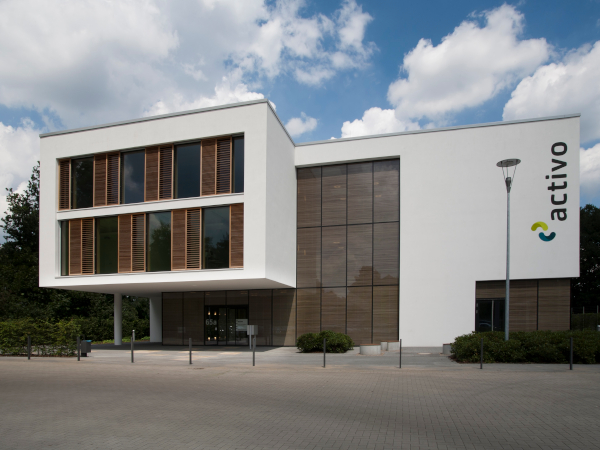
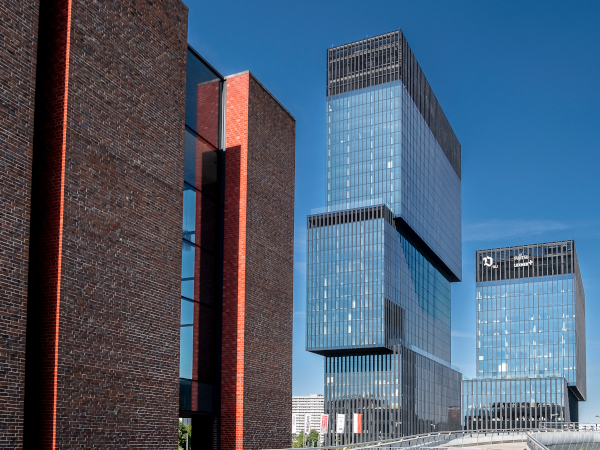









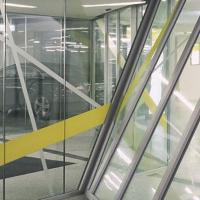
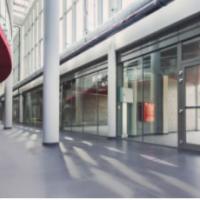
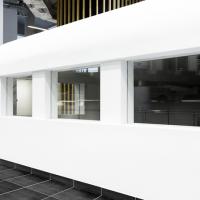

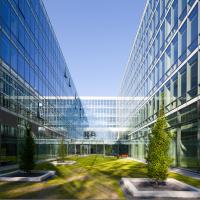
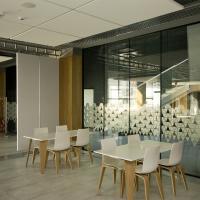
Add new comment